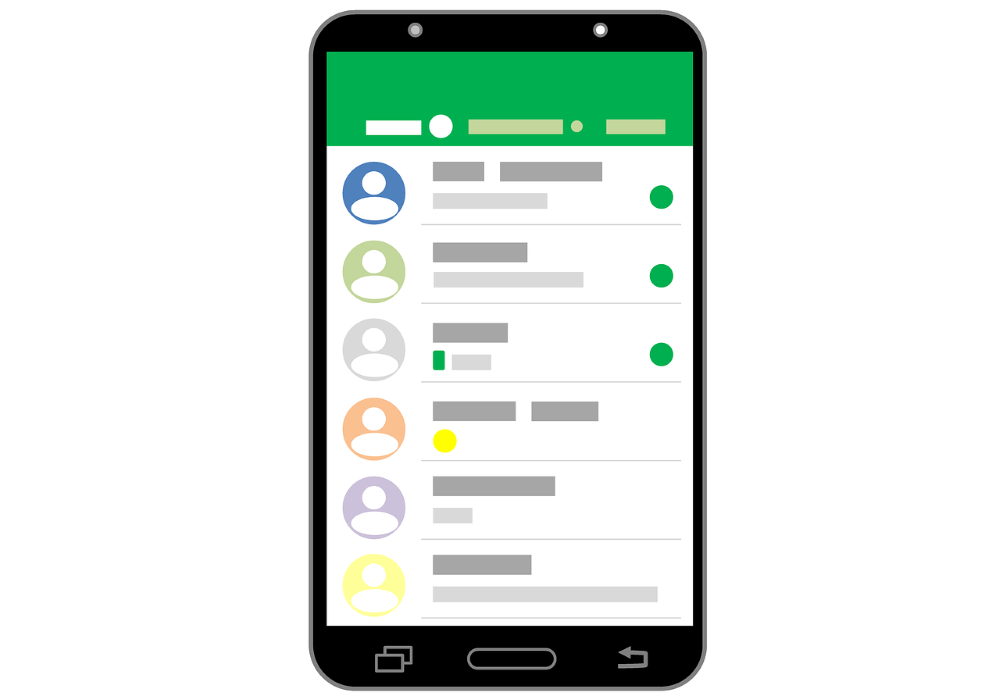
90% of web designers need to engage their clients with ongoing communication and collaboration. Effective communication is key to delivering for your design clients and maintaining your relationship with them. Without the right communication process and tools, it can eat into the time you need to get their project done as well as lead to design mistakes and misunderstood briefs. This is what makes it one of the most important soft skills every designer should have.
As a result, streamlining communication makes you more productive and provides a better experience for your customers. These are 7 of the most efficient ways to communicate with your design clients:
1. Take Time to Understand Clients
A lack of knowledge about your client’s industry and their customers’ needs are the top 2 complaints design clients have about their experiences outsourcing design.
Understanding what your customer wants is arguably the most important aspect of communication for designers. It can also be one of the most challenging when you work with clients who may not be used to explaining their ideas to a designer, such as startups and small business owners. In these situations, you need to work out what your client is really saying.
A detailed picture of their expectations and goals is vital to giving results they are happy with, even if this means more back-and-forth discussion before moving forward and getting to work. Don’t be afraid to keep asking questions until you are confident you are both on the same page about the end goals of the project. Getting to this point right at the beginning of a project also helps you weed out the clients you want to avoid.
If an aspect of the project is left ambiguous you will only need to clarify later, delaying work while you wait for a response or having to throw away work because it doesn’t fit in with the full requirements. This is frustrating for both you and your customers, and makes it more difficult to accurately estimate the time and cost of a project.
2. Keep It Simple
Just as you need a clear idea of what your clients want, they need to be able to understand you. Most of the time designers are not working for people who are experts in the same field, so avoid the technical jargon and don’t assume customers are familiar with your methodology:
- Always explain your plans in simple language. Don’t throw around technical terms to impress clients with your knowledge. This is more likely to irritate them and can lead to miscommunication if customers have to guess what you mean.
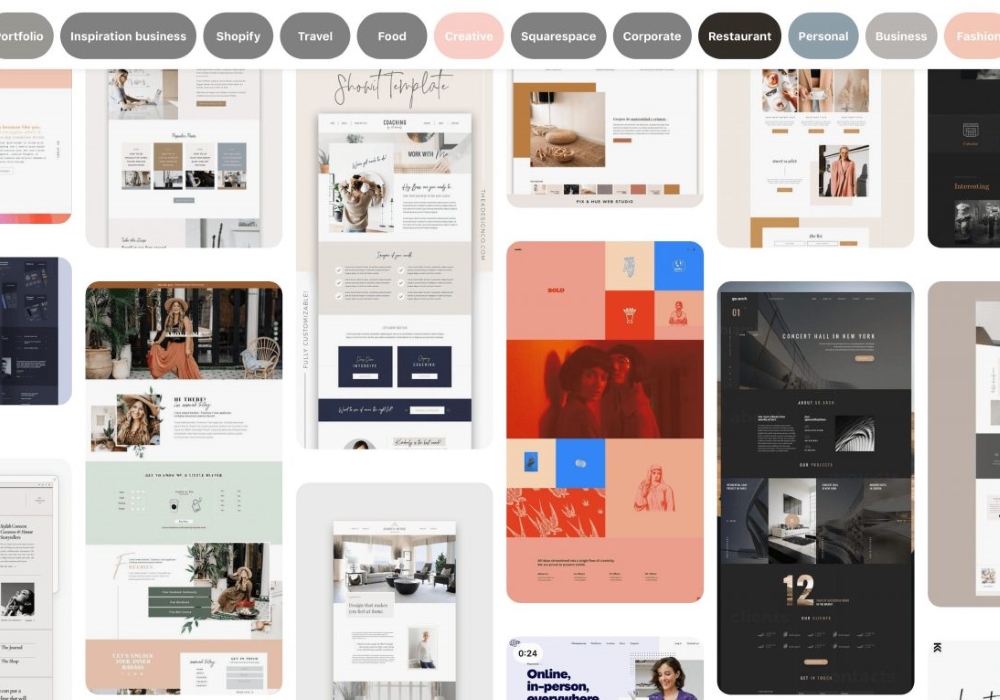
- Visual aids can be very useful in explaining your plans or design direction to a client when you are having trouble getting your ideas across. You should always provide a mock-up or outline of the proposed design to give clients a picture of what to expect.
Creating a shared picture of a problem or a solution is a simple but powerful tool to create understanding and make sure everybody is talking about the same thing.
– Eva-Lotta Lamm, Visual Thinking Expert
- Mood boards are particularly useful for discussing visual designs and themes, showing the look and feel you are aiming for with less room for misunderstanding than a purely verbal explanation.
For example, when designing the reservation app for the restaurant management system TableHero, Funsize created an easy to understand map showing their client how users will interact with the map.
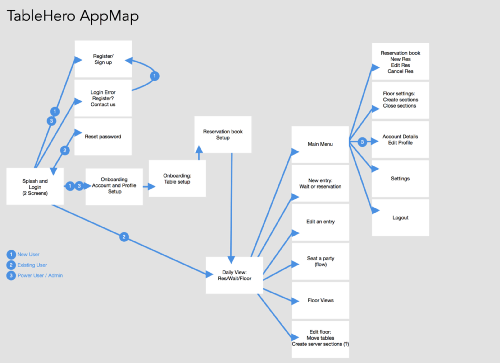
Creating visual aids like this lets clients understand what you are talking about without the need to spend time creating a full prototype design just to demonstrate your ideas.
3. Send Regular Updates
Your communication shouldn’t stop when the project starts. Providing regular updates on your progress does more than just give clients reassurance everything is going smoothly. Reporting on your work gives customers the opportunity to share feedback and ensure you are going in the right direction, reducing the time you waste on work that needs to be changed later. 59% of designers spend about an hour per client making progress reports:
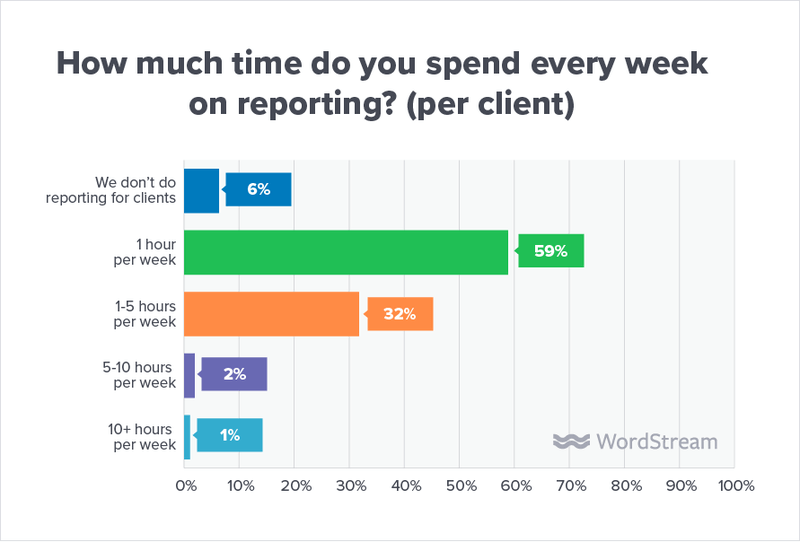
Furthermore, weekly or monthly project updates keep you in control of your time, scheduling your updates in advance instead of interrupting work to respond to questions and update requests. Keeping your customer informed also means they will better understand your process and have more accurate expectations for time frames:
One of our clients never before had been involved in software development. Understandably, he wanted to know about every step we took. We sent him to push notifications, code reports, and even log reports so he could better understand his project. It changed his whole view of how to work with a development team. The process taught him how seemingly innocuous requests to change the code could wreak havoc on the testing timeline.
–Kuty Shalev, Founder of Clevertech
4. Include Communication in the Contract
Establishing how you will communicate at the beginning of a design project can prevent a lot of miscommunication as well as reduce the time you spend interrupting work to respond to client queries.
Your contract should outline when you can be contacted and using which contact methods. This should include expected response times, as well as establishing deadline expectations and the estimated timeframes for project milestones. Unrealistic timeline expectations are one of the biggest daily challenges designers face when talking to clients.
In your first meeting with a new client, explain this process as part of your overall work approach. You’ll set up certain expectations—of both your role and their role. That will give them a clear perspective on how the project will unfold and they’ll understand that revisions are part of the process.
– Egle Karalyte, Brand Experience Designer
5. Use The Right Contact Method
Use contact methods that are appropriate to the kind of communication your client needs. This helps both of you prioritize the most important messages and information.
- A video call is ideal if you need to have an in-depth discussion about the direction of the project. This allows you to get a more accurate read on how someone feels about your suggestions and enables you to easily share visual aids and in-progress designs through screen sharing.
- Instant messaging team apps like Slack are great for non-urgent communication such as adding details, notes, and suggestions to the brief. This lets your clients bring up extra details and requests that don’t need an immediate response from you, and tasks can be arranged into simple checklists to give clients a clear idea of progress.
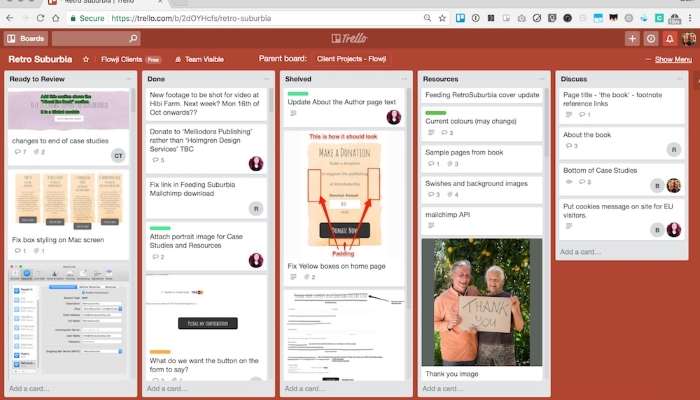
- For more urgent communication, two-way SMS is the best way to ensure your client will see your message almost immediately. This is great if you run into a major problem that requires a response, or you need to get approval or feedback to keep moving forward.
6. Be Specific
Make sure your clients know exactly what you need from them at each stage of the project. When you need your customer to make a payment, provide feedback, or give their approval before you can move forward, don’t assume they know what you are waiting for:
- Be direct and explain that you will not be able to continue work until you have a response to your request.
- If you don’t hear back from them, send a polite reminder in a few days. It is easy for a busy customer to forget you are waiting for them, so you are helping them out by jogging their memory. The sooner you get an answer, the faster their project can be completed.
- Annotated designs and proposals breaking them down into simple terms don’t just help your clients understand what they are seeing, they also make it much easier for them to refer to your designs when explaining their feedback and requested changes.
7. Create a Client Portal
Creating a client portal on your website provides a single location for them to review the project, submit requests, give feedback, and check your latest updates.
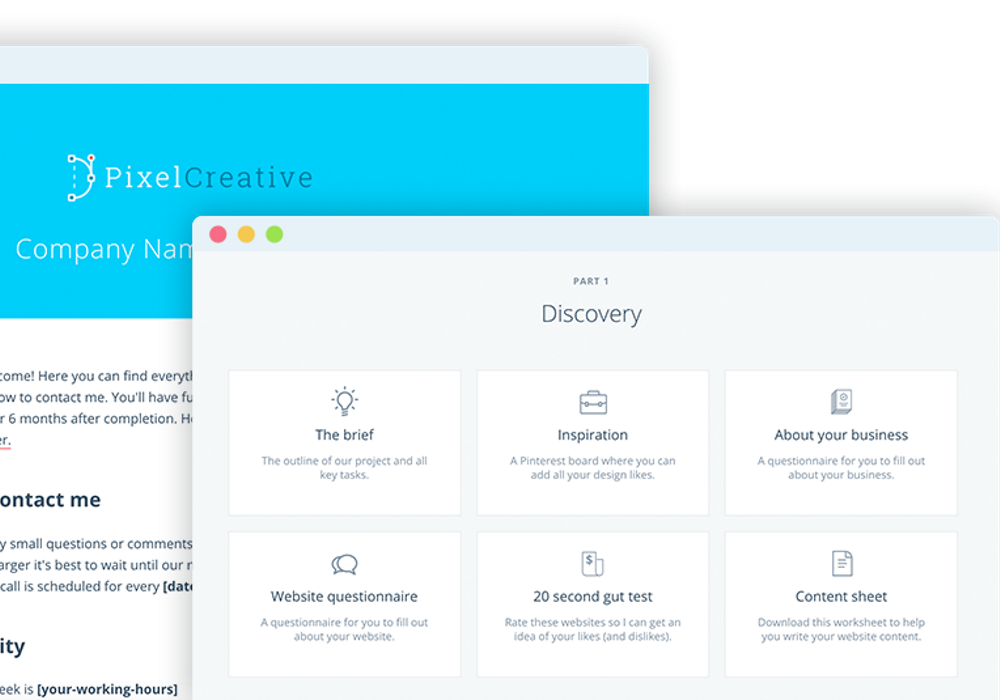
This also makes it easy for you to guide their feedback and briefs using forms and questionnaires to get more detailed and specific information in a format that lets you get to work straight away.
Instead of getting their disorganized notes or trying to piece together their overall opinion from an unstructured conversation, you can use these to ask questions about specific features or design elements. As a result, every time you need feedback or your clients request a change to the design, you can ensure they provide all the information you need to get started.
Furthermore, using these methods to get clients involved in the design in a more constructive way can reduce the number of iterations it goes through:
If the client has helped to create the design, they will not only worry less but will have a greater sense of ownership over it and will be less likely to reject the result. They are also more likely to defend it when they show it to colleagues. The client shifts from being a critic of the design to an advocate.
– Paul Boag, User Experience Design Expert
Conclusion
Streamlined communication benefits you, your customers, and your projects. The right approach can prevent misunderstandings, design errors, and wasted time waiting for a response. This makes it a vital part of providing a great customer experience to your design clients.
Understanding what customers want before a project starts cuts out a huge amount of unnecessary communication. Have a plan to get the information you need from clients at each stage, and keep them updated to ensure they understand what you are doing and build a better relationship.